You’re probably a bit confused as to how I’m able to compare a technology company to a teenage soccer mom. It’s actually quite simple. You see, like a teenager who’s trying to figure out who she’s supposed to be and a soccer mom who’s trying to do too much, NETGEAR has lost its focus. And just like a mother who abandons her kids because her focus is lost, NETGEAR abandoned their most valuable allies, the ITs on the ground who evangelized and believed in them.
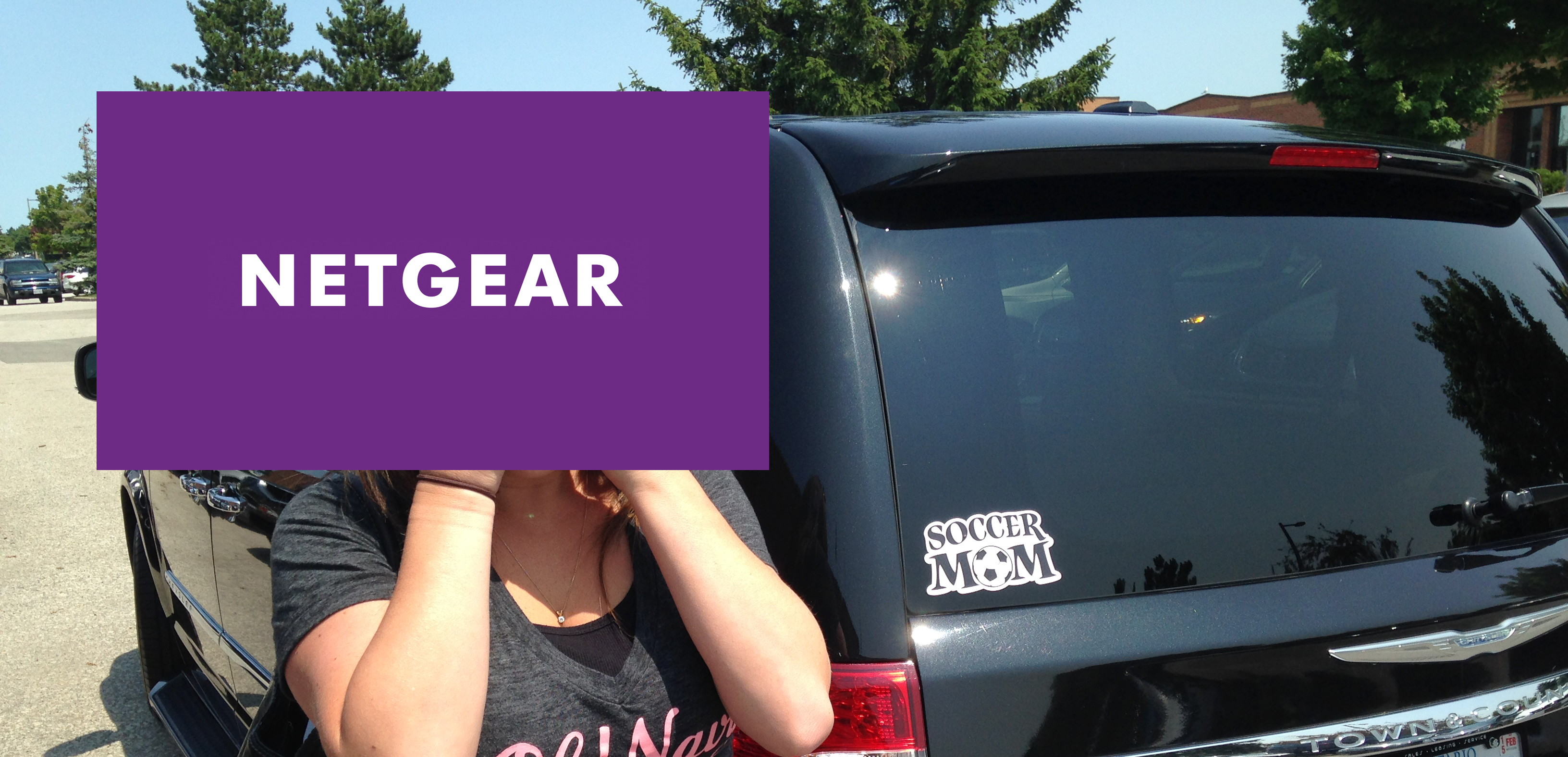
To understand how I can make these comparisons, allow me to explain some history. At the turn of the century, Ethernet networking was the domain of system administrators and was usually only found in large businesses or universities. Small businesses were still trying to understand the value of computing, and many schools were still running the older Token Ring topology usually with Novell Network’s IPX/SPX. At the time, the rise of a global internetwork was spearheaded by Cisco deploying itself everywhere it could on key backbone routes. Networking was IT mythology and there was no need for that in someone’s home.

People often forget how young the modern Internet really is. Although TCP/IP as a global network has been in existence, thanks to its predecessor ARPANET, since 1983, it wasn’t until 1990 that things started to take shape when Tim Berners-Lee developed the HTTP protocol and launched the World Wide Web. A few years later, in 1996, NETGEAR was founded by Patrick Lo (along with Mark Merrill) who had the foresight and vision to understand the demand for connectivity that would soon arrive.
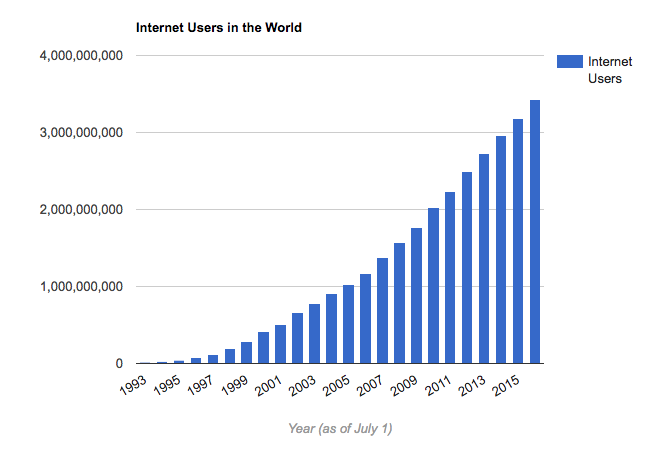
The following years, magic started to happen. The Internet was picking up steam, Ethernet was gaining huge leaps in popularity, and dial-up was finally starting to be replaced with broadband connectivity. NETGEAR as a brand remained relatively unknown until the early 2000s, and it was in 2003, when they released the iconic WGR614 Wireless Router alongside the FS605 5-Port 10/100 Switch and FS608 8-Port 10/100 Switch that things started to change.
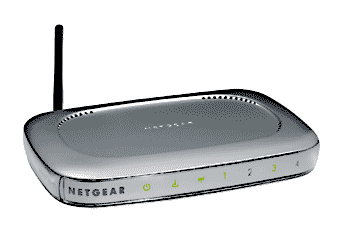
With this huge momentum of connectivity being driven by the Internet, small businesses wanted to share broadband connectivity, and Cisco monolithic pricing wasn’t going to make it affordable for these small business owners. NETGEAR’s 2003 product line made 10/100 Ethernet connectivity affordable and won confidence with ITs thanks to its 3-Year Warranty. A move that would define the company for the better part of a decade. Soon “spaceships” started showing up everywhere, even in people’s homes. Their dedication to creating quality networking that was fast, reliable, and guaranteed to work, won the hearts and minds of ITs across the world.

Not long after that, they launched the ProSafe product line. This is where NETGEAR started really picking up traction. Businesses at the time were stuck between choosing between ungodly expensive Cisco’s products or unreliable discount bin products like D-Link. Linksys was gaining on the market but they didn’t have the performance or reliability that NETGEAR had.

In order for ITs to adopt a brand’s products, it has to satisfy the requirements of performance and reliability above all else. There’s nothing an IT hates more than dealing with a product that doesn’t perform, glitches, or breaks. NETGEAR always reached above and beyond expectation in that regard because there was a strong nerd culture within the company that pushed them to innovate as fast as technology would allow them. They were the first to market with RJ45 based 10GbE switches, for example. Their pricing was aggressive enough that it made their products appealing for businesses of all sizes. But there was one key factor that set them apart by a huge margin, it was their warranty.

Their entire ProSafe product line was backed by a Lifetime Warranty. It didn’t matter what you bought, you knew that if it had ProSafe stamped on it, it meant two things: Reliability and Lifetime Warranty. This was such an important keystone in the product line that I built an entire IT business on those two factors alone. I could sell NETGEAR’s ProSafe product line to my customers at a 40% markup while my competitors were selling at 5% because I knew that what I would install would last. I guaranteed all of my networks with a Lifetime Parts and Labor Warranty to all of my customers, and if it something went wrong and it said NETGEAR ProSafe on the product, I replaced it free of charge. I registered to my business name all of the NETGEAR ProSafe products I sent for repair and handled the entire RMA process for my customers. This was a win for my customers because they had a single network that was guaranteed for life, and this was a win for me because I was selling at much higher margins than my competitors. All of which was possible because NETGEAR made great products backed by their exceptional warranty.
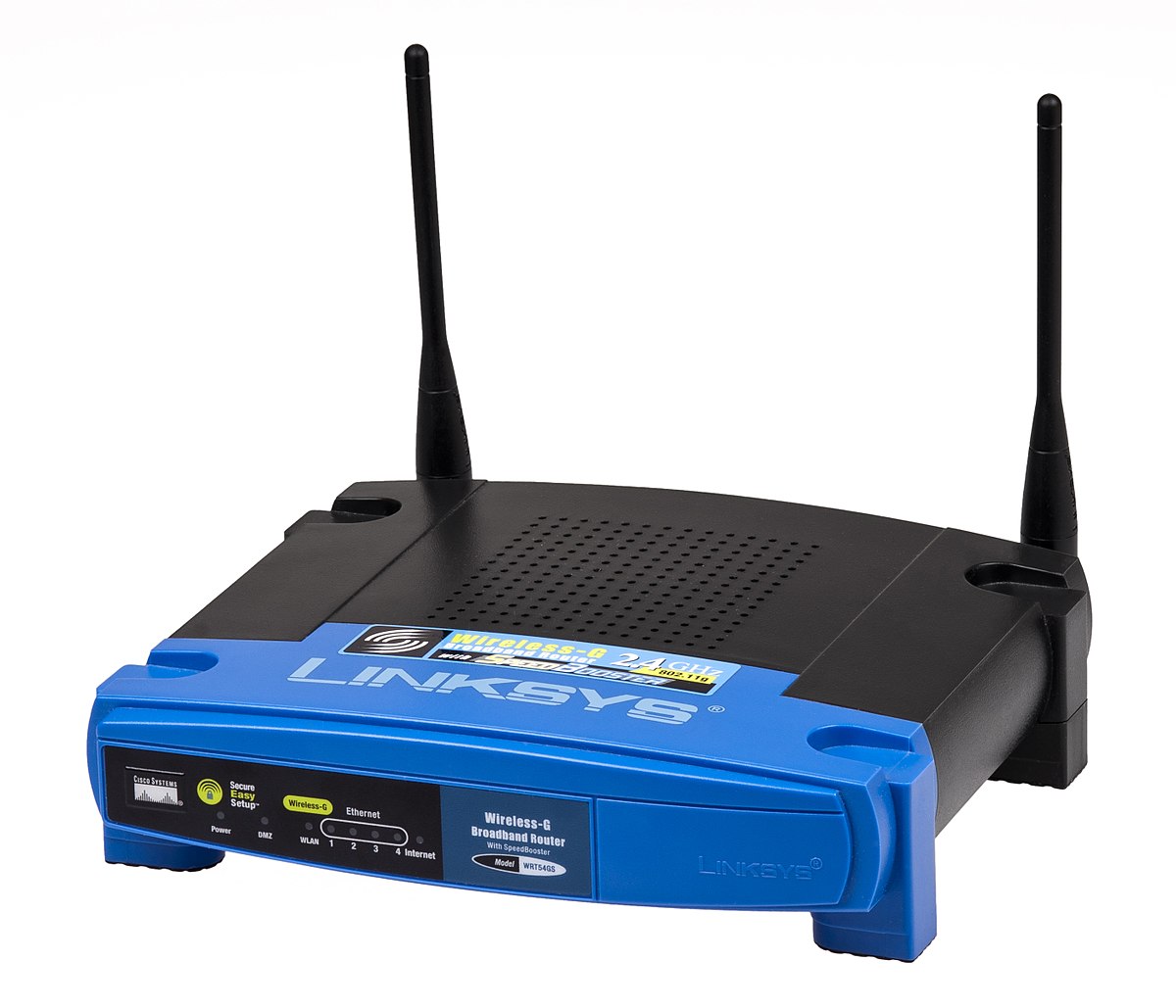
In the early 2000s, Linksys had gained dominance in the home networking market thanks to a single product that brought them to fame. The WRT54G series of routers. Linksys had managed to appeal to the performance, reliability, and pricing golden triangle that so many ITs live by, and at a time where Wi-Fi was catching on like a wildfire. This was quickly spoiled by Cisco acquiring and fumbling the product line a few years into its success.
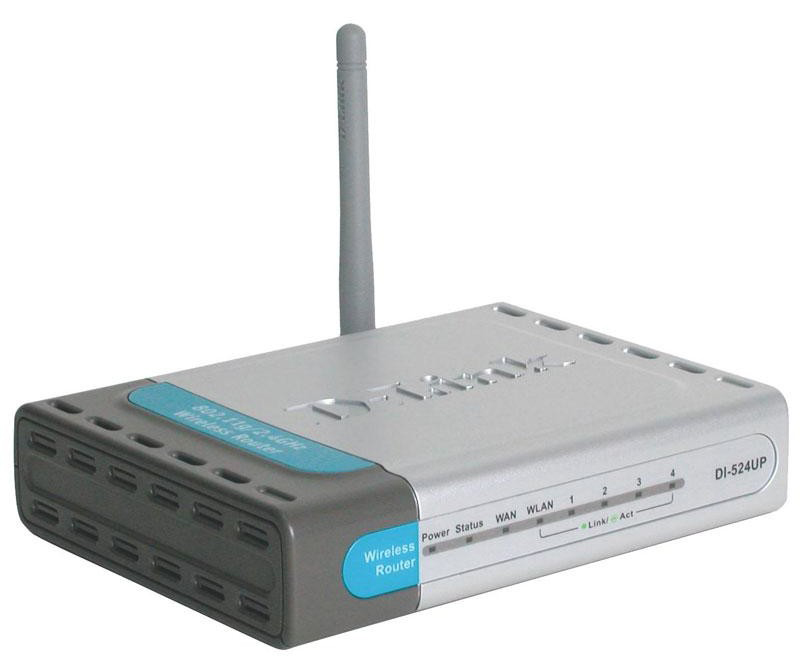
This led to a flood of unreliable inexpensive routers and switches flooding the market from everyone who could get them into the market. D-Link’s routers were so unreliable and unfortunately omnipresent that power cycling your router was considered normal. TP-Link was gaining traction as a cheap alternative but they were about as reliable as a round of Russian Roulette.
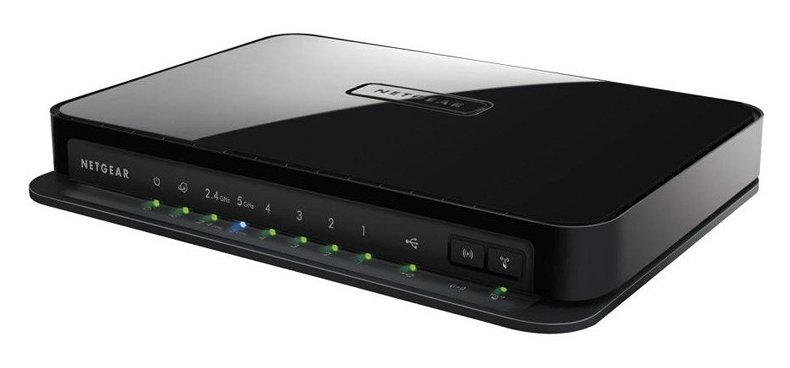
NETGEAR was pushing forward networking technology, expanding their product line, and staying ahead of the connectivity wave. To this end, near the end of the decade it launched another iconic product that would shake up the market. The WNDR3700 series router. Once again, the nerds had put together a router that performed, was reliable, and affordable. They were so popular that distributors and stores had a difficult time keeping them in stock.

Although NETGEAR had a strong position with its wired networking products. Wi-Fi products were still a hit and miss affair. When version 3 of its WNDR3700 router arrived, ITs started taking notice. They had chosen to equip it with a Broadcom chipset, which was a wise choice. Broadcom was and still is a connectivity champion when it comes to their chipsets. The router performed, it was reliable, and it was affordable. They had achieved the golden IT triangle once more.

It seemed like NETGEAR was on track. However, in 2008, the Great Recession hit the United States. The new realities of globalization were starting to have large financial impacts, and those effects were crawling up to the networking market. A few years later, the bad decisions started.

In an effort to maximize profits, they reverted to their previous choice of Atheros (now Qualcomm) as a chipset, and followed with a MediaTek chipset, effectively smashing the performance and reliable corners of the IT triangle. With version 5, the WNDR3700 had fallen from all its glory down to the abyss of unreliable cheap routers of the likes of TP-Link and D-Link.

At the same time that NETGEAR was cutting investments in the quality of their products, a new wolf was lurking in the background. Robert Pera had left Apple to start Ubiquiti because he believed it was possible to build the golden IT triangle of wireless products. The Unifi product line revolutionized Wi-Fi and his vision took the market by storm.
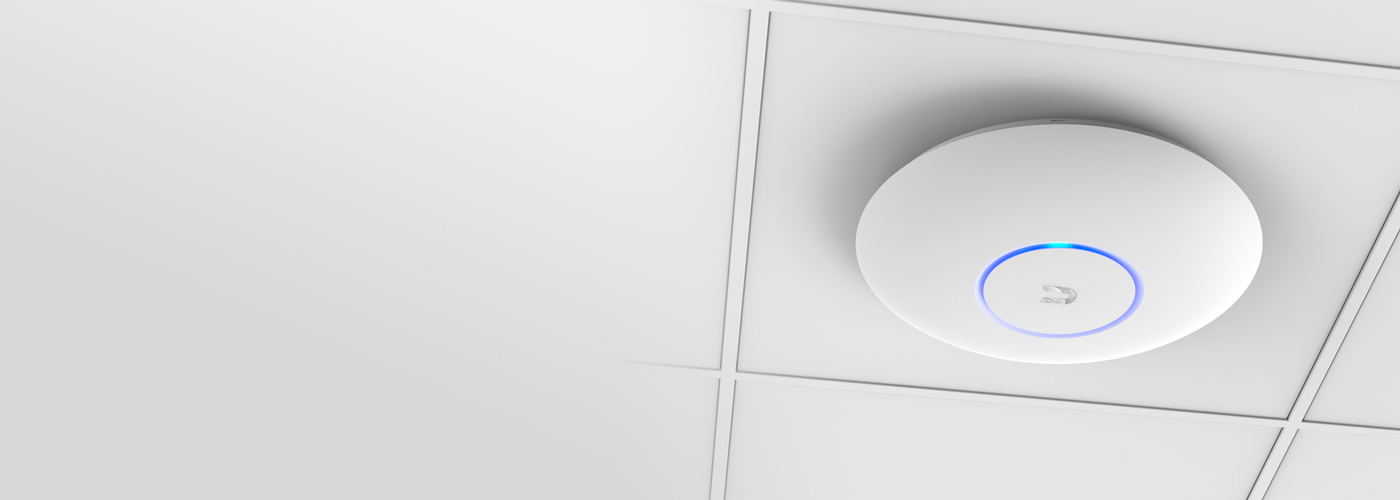
At the start of the decade, NETGEAR had a strong portfolio of switches and routers, but their wireless offering was weak. Ubiquiti had a strong portfolio of wireless access points, but switches and routers were non-existent. This was the golden IT triangle at its best. Two complementary product lines that could be used to create a seamless network that filled all of the requirements of performance, reliability, and affordability.

In 2013, business routing was championed by the excellent SRX5308 VPN Firewall Router. It was a flagship product worthy of being called as such. It offered enterprise class IPSec VPN gateway to gateway connectivity in a one-step automated wizard which made inter-office VPNs easy and reliable to setup. It was a straightforward “It just works” solution that was nearly bulletproof. It was a versatile VPN router thanks to its vast standards compliance. So much so that it even included Mode Config functionality, which almost no other router on the market offered. Avaya even went as far as to publish their own Solution & Interoperability Test Lab Application Notes for this router. The firewall and NATing functionality were straightforward. It was gigabit capable. It was reliable. It was affordable. This was IT gold.

That same year, Ubiquiti launched its EdgeRouter series of routers.

So what do you do when you have the lead horse in your market segment, and another horse enters the market? I’ll tell you what NETGEAR did. They shot their horse in the head. They stopped developing the SRX5308. They instead turned their attention to the unstable and volatile consumer market. And eventually, they stopped manufacturing the entire ProSafe VPN Firewall Router product line altogether. They let distribution dry up completely without saying a word, leaving their resellers, installers, and customers frustrated and confused for years. That is until they finally put up a subtle indication as such on the support section of the SRX5308 router.

Someone in a key position at NETGEAR must have gotten exited by some dingbat device in their home, such as an Amazon Alexa, saw stars in the consumer market, and completely derailed the company’s success train. The most important component in any network of any size is the router. Networks don’t exist without routers. FortiNet understands this, that’s why they invest millions in R&D on that single product segment. Cisco understands this, that’s why they ask for such a premium for that responsibility. Even D-Link understands that, they’re investing in that segment to fill the space that NETGEAR opened up.

Here’s the thing. ITs are evangelists. They will swear and die by the products that fulfill the promise of the golden IT triangle. Ubiquiti understands that and built their Unifi products around the evangelistic IT mindset. So what do you think happened when they released their router product line while NETGEAR killed theirs? They defected in droves from one camp to the other, out of pure necessity. I know I did.
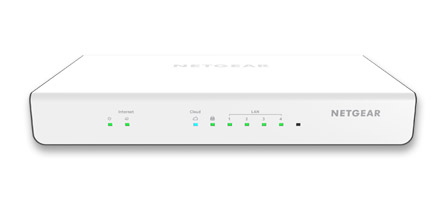
NETGEAR seems to want to come back to the router market as they’ve recently released a new product line of Cloud Based Routers and Switches. I have a BR500 on my desk that I’ll be digging through soon, so I’ll be able to give some feedback on where they really stand with their new product line. However, I’m not sure it’s enough. They dropped out of this segment for almost 4 years, which is an eternity in this modern age of technology. Ubiquiti has built solid roots with their EdgeRouter series and nowadays ITs adopt ecosystems, not just products. Look at how Fortinet is developing their portfolio of switches and wireless access points as an example. With the arrival of the EdgeSwitch series switches, Ubiquiti now has end-to-end networking that fits squarely into the golden IT triangle of performance, reliability, and affordability.
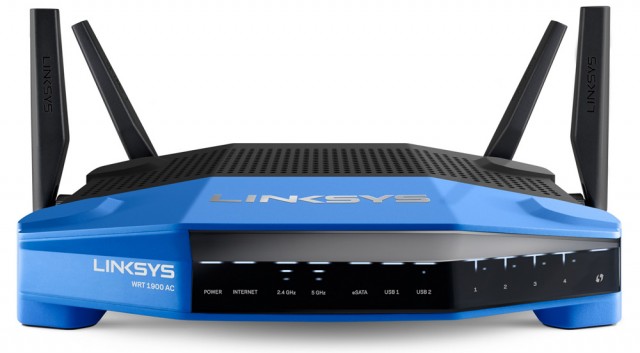
All is not lost, though. There is still time for NETGEAR to make a comeback. Nostalgia and heritage play into the minds of ITs, and if you want proof, look at the revival of Linksys’ WRT series. What NETGEAR needs above all else is focus. It’s trying to be a consumer products company, a business networking company, and a software as a service company, all at the same time. Like an anxious soccer mom getting yanked on by all her kids, NETGEAR is undecided, in too many directions at once, and is losing its edge.
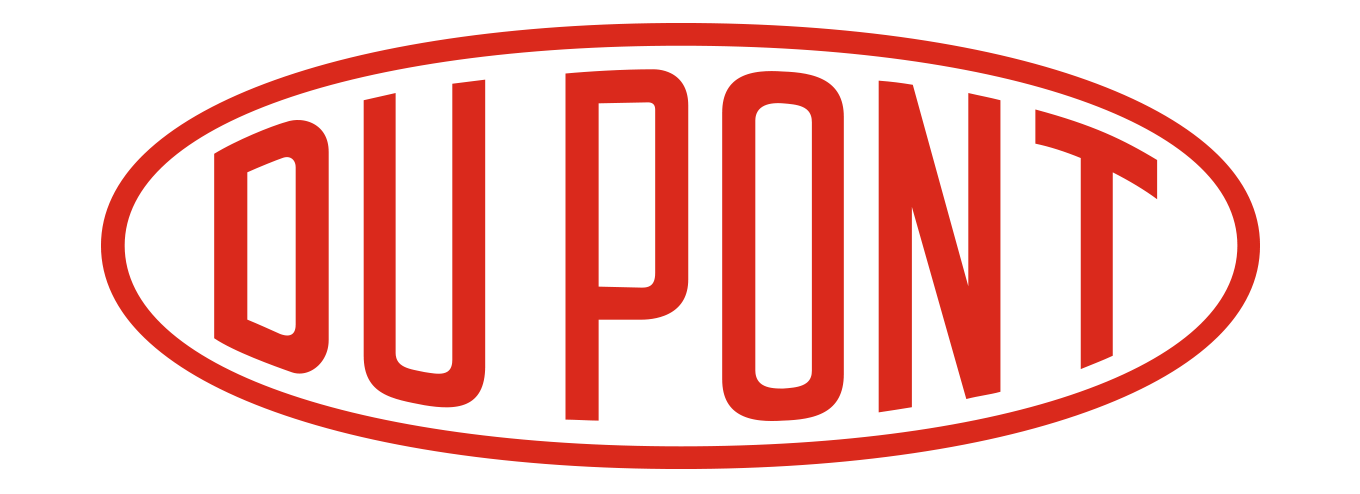
It’s time for a change. Consumer Markets and Business Markets are not the same. DuPont learned this the hard way after World War II when it tried to combine its military explosives division with its consumer chemicals division. It was such a monumental failure that it is now a business case study taught in universities.

In the future, there will be three critical markets for networking. The consumer home market, the small and medium business market, and the enterprise business and the data center market. Building “one size fits all” solutions does not work. NETGEAR needs to either segment itself into three business units and focus on each market individually, or reduce its product portfolio to something it can manage better. Otherwise, it’s giving out expectations to its customers that it won’t be able to fulfill. A good example of how this can be achieved is to look at Dell Technologies’ approach. Consumer products are developed, manufactured, sold, marketed, and supported completely independently to its small and medium business products, and completely independently to its enterprise and data center products. All three divisions act as completely separate business units because the entire market segment is different.
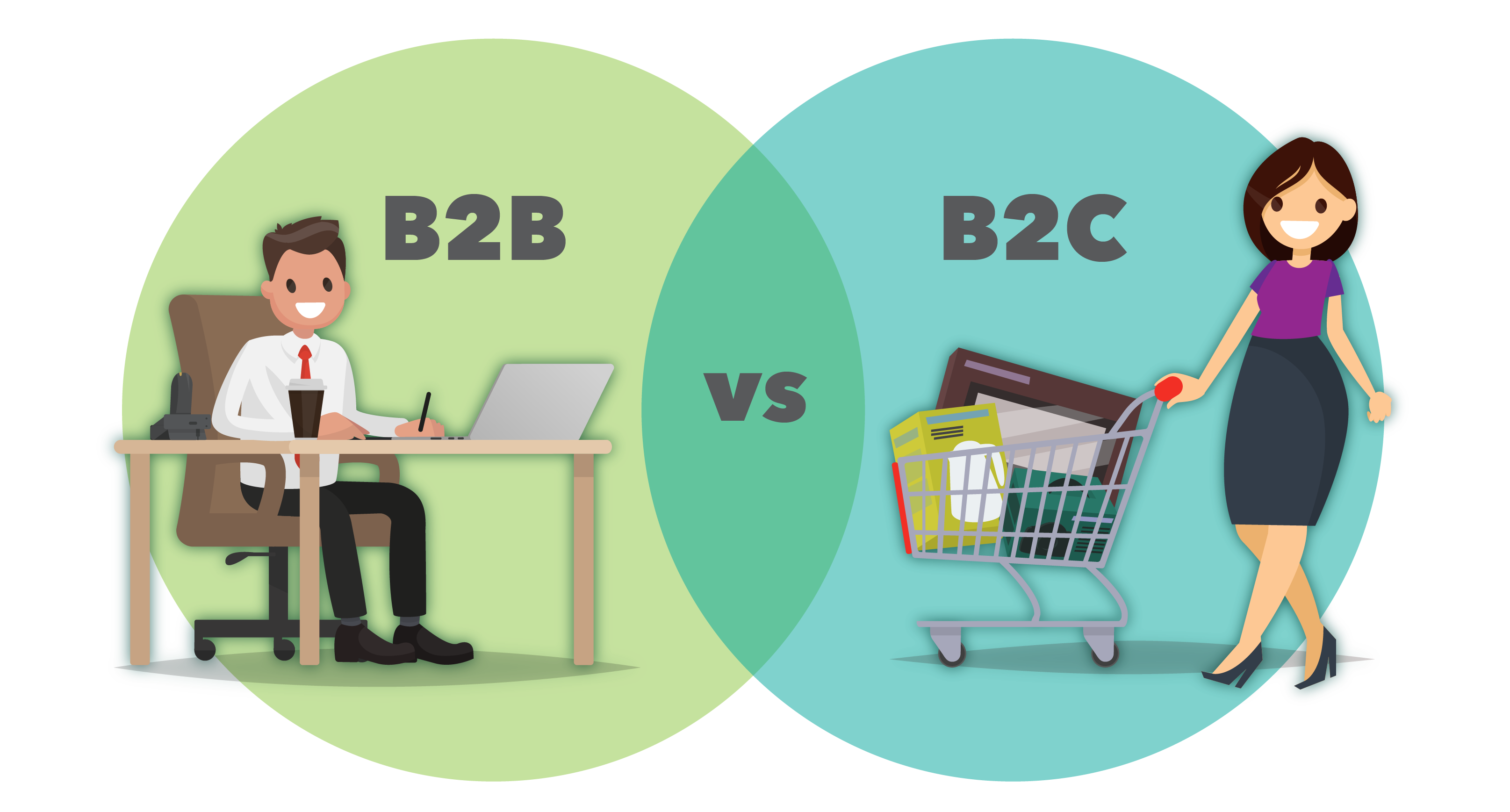
NETGEAR needs to recognize this important difference. A consumer doesn’t have the same expectation of his router than what a small business owner would have. A small business owner doesn’t have the same expectation of his router than what an IT would have. And a data center operator doesn’t have the same expectation of his router than what a small business IT would have.

Some honesty and transparency on their behalf also wouldn’t hurt. Marketing an entire product line that no longer exists is a pretty deceptive move. Talk about failed expectations. “I know Santa’s not real, so can we please stop lying about the ProSafe VPN Firewalls?”